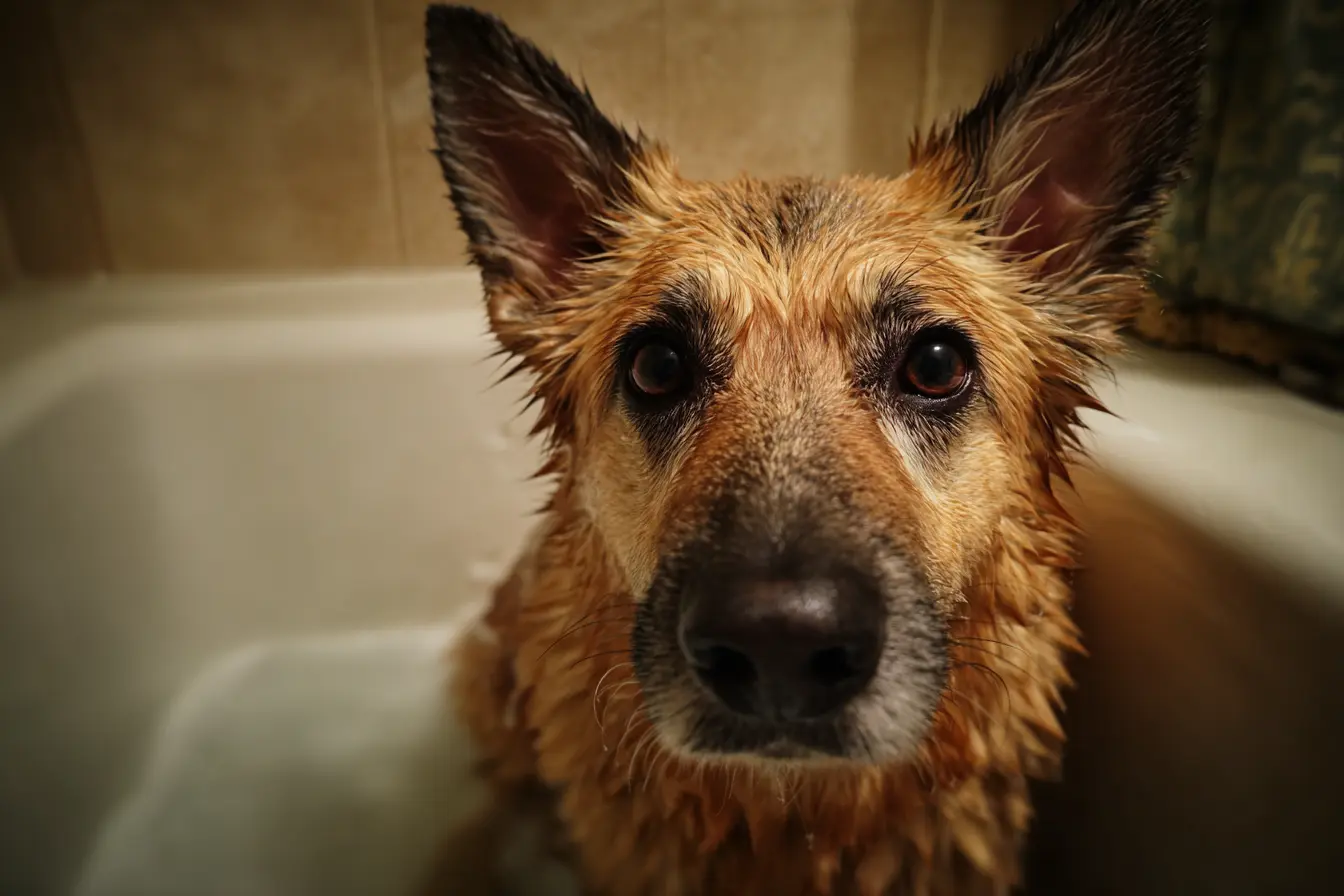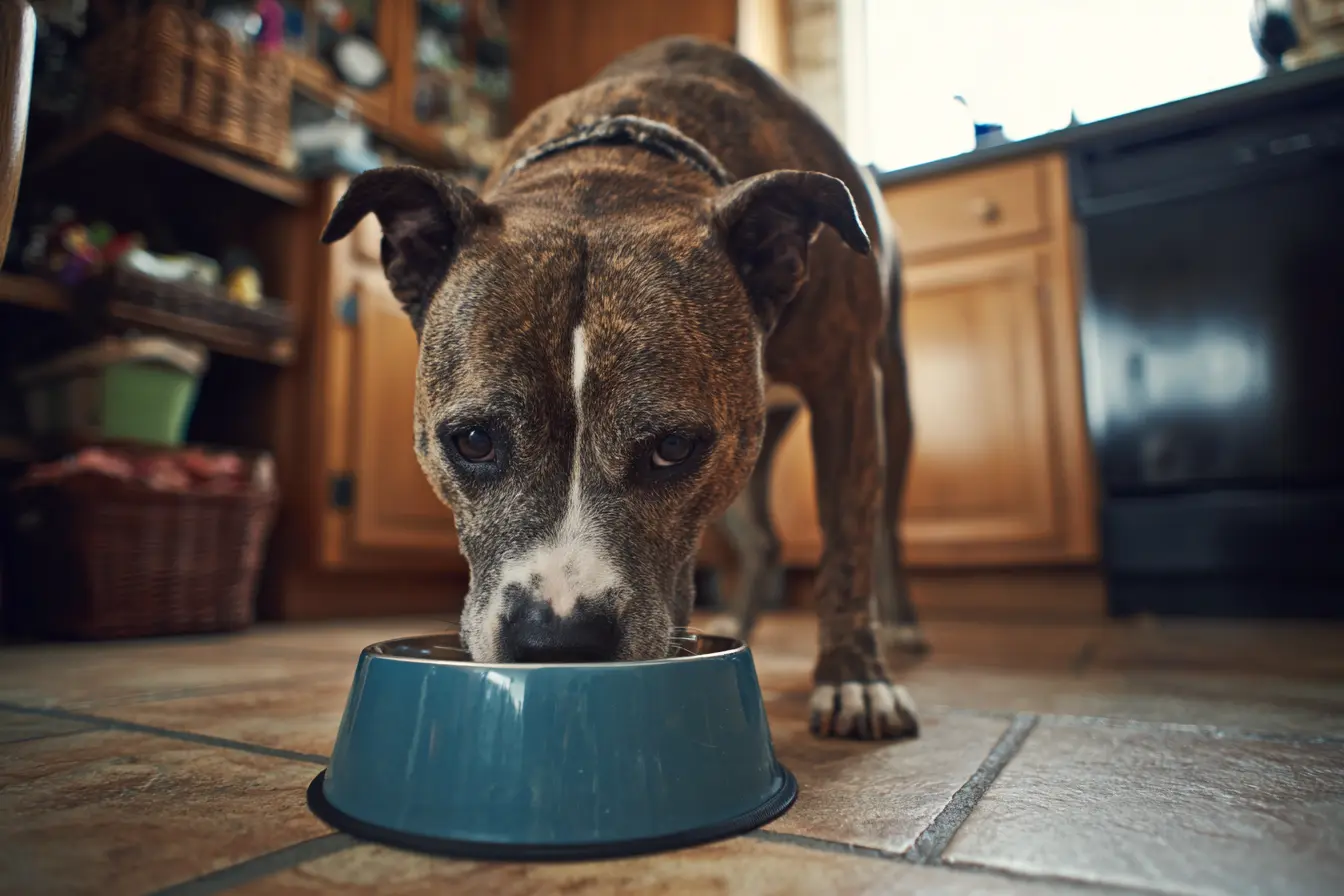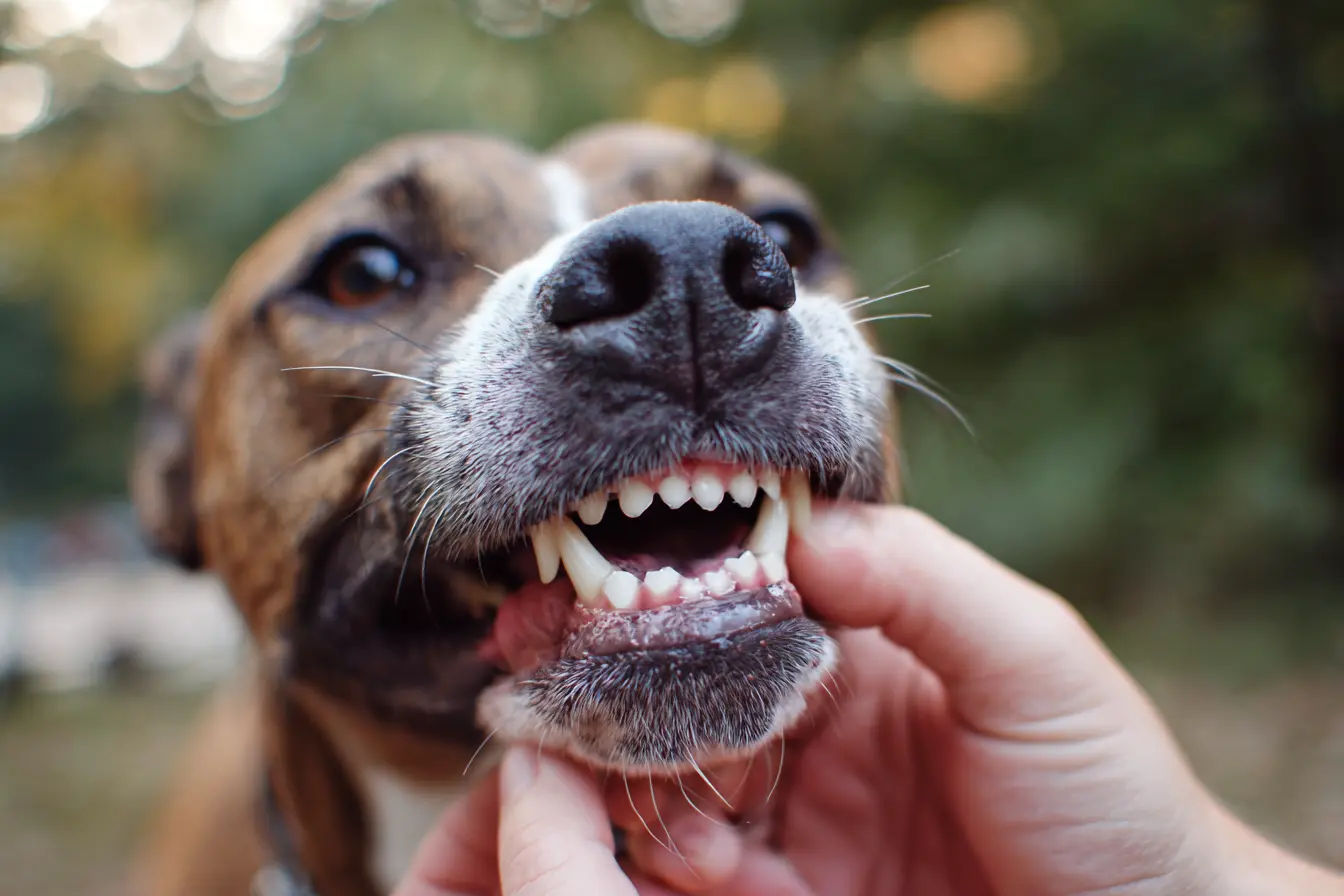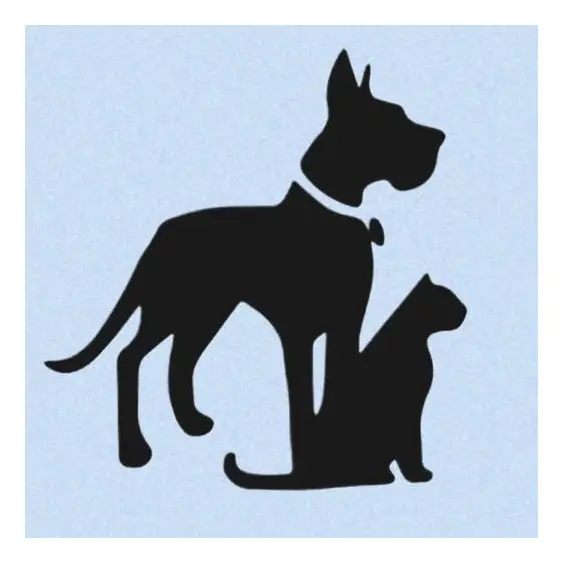
How to Bathe Your Dog: A Complete Guide for Owners
Bathing your dog is an essential part of keeping them healthy, clean, and comfortable. While some dogs love a splash in the tub, others may dread bath time. Whether your furry friend is a fan or a foe of water, this step-by-step guide will help you bathe your dog safely and effectively.
Why Bathing Is Important
Regular baths help:
- Remove dirt, debris, and odours
- Control shedding and dander
- Prevent skin conditions and infections
- Keep your dog’s coat shiny and healthy
The frequency of baths depends on your dog’s breed, activity level, coat type, and health. As a general rule:
- Short-haired breeds may need a bath every 2–3 months
- Long-haired breeds may benefit from monthly baths
- Dogs with skin issues may need medicated baths as advised by a vet
What You’ll Need
Before you get started, gather the following supplies:
- Dog shampoo (avoid human shampoo – it's not pH balanced for dogs)
- Brush or comb
- Towels
- Non-slip mat (optional but helpful)
- Cup or handheld sprayer
- Cotton wool (for ears)
- Detangling conditioner (for long-haired breeds)
- Hairdryer (on a cool setting, optional)
- Treats (for positive reinforcement)
Step-by-Step: How to Bathe Your Dog
Brush Before Bathing
Start by brushing your dog thoroughly to remove loose fur, tangles, and mats. This helps shampoo penetrate evenly and makes drying easier.
Choose the Right Location
Depending on your dog’s size and temperament, you can bathe them in:
- A bathtub
- A walk-in shower
- A large sink (for small dogs)
- An outdoor hose (in warm weather)
Ensure the water temperature is lukewarm — not hot or cold.
Protect the Ears
Place a small cotton ball gently in each ear to keep water out. Never push it in far — just enough to cover the opening.
Wet the Coat Thoroughly
Use a sprayer or a cup to wet your dog’s coat. Start from the neck and work your way down to avoid startling them. Avoid getting water directly on the face.
Lather Up
Apply a dog-friendly shampoo and massage it into the coat, starting at the neck. Work towards the tail, lathering the legs and paws. Be gentle and avoid the eyes, ears, and mouth.
For dogs with a thick or double coat, work in sections to ensure deep cleaning.
Rinse Completely
Rinse thoroughly until the water runs clear. Any leftover shampoo can cause irritation and itching.
Condition (Optional)
If your dog has a long or curly coat, use a dog-safe conditioner to keep it soft and manageable. Follow the same lather and rinse process.
Clean the Face
Use a damp cloth to gently wipe around the eyes, nose, and muzzle.
Dry Your Dog
Towel-dry your dog as much as possible. Use multiple towels for large or long-haired breeds. If your dog tolerates it, use a hairdryer on a cool, low setting. Be cautious around the face and ears.
Reward and Praise
Always end bath time on a positive note with treats, praise, or a favourite toy. This helps your dog associate baths with good experiences.
Tips for a Stress-Free Bath
- Start young: Puppies that get used to bathing early tend to enjoy it more as adults.
- Stay calm: Dogs pick up on your emotions. Speak gently and confidently.
- Use non-slip surfaces: This prevents slipping and helps your dog feel secure.
- Take breaks: If your dog is anxious, pause and reassure them.
- Avoid over-bathing: Too many baths can strip natural oils and dry out the skin.
When to See a Vet
It may be time for a check-up if your dog has:
- Skin irritations or rashes
- Excessive itching or licking
- Foul-smelling coat even after a bath
These could be signs of allergies, infections, or parasites.
Final Thoughts
Bathing your dog is more than just keeping them clean — it’s an opportunity to bond and monitor their health. With patience and the right technique, bath time can become a routine your dog might even look forward to!
Related Vets
Vets near you
Speciality vets
- Aquatics vet specialists
- Birds vet specialists
- Camelids vet specialists
- Cats vet specialists
- Cattle vet specialists
- Deer vet specialists
- Dogs vet specialists
- Equines vet specialists
- Exotic vet specialists
- Goats vet specialists
- Pigs vet specialists
- Poultry vet specialists
- Sheep vet specialists
- Small Mammals vet specialists
- Wild vet specialists











